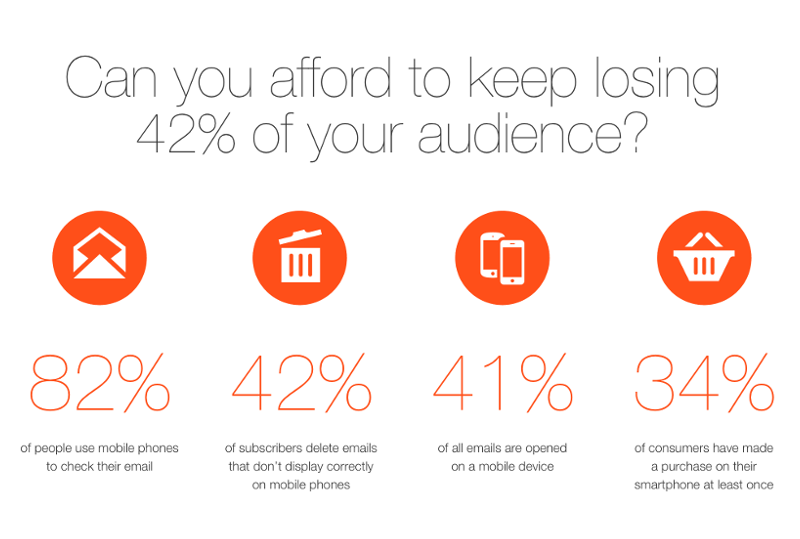Whenever you are looking for email marketing statistics, your are most likely to find US stats, which are sometimes called global. It’s generally hard to get information about the EU market, but thank’s to Mailjet here you can see some details about how EU companies use email marketing.
 image source: Mailjet.com
image source: Mailjet.com
Key Takeaways
Email marketers are generally focused on reducing SPAM and this is the key factor they take into account when choosing an ESP or changing from one to another. Local ESPs generally outperform global ones, since they are experts of the given country. This is one of the reasons why small businesses rather choose a local provider instead of a global company. The other reasons are language and support related.
90% in the USD vs 80% in the EU integrate social media into their marketing strategy. EU companies are usually behind US businesses. It is a general issue, since EU is a quite segmented market and many people don’t speak English. In countries where the number of English speakers is below 30% percent (this latency means 2-5 years in many industries – not just social media.
Roughly 80% of EU companies use A/B testing, which seems to be a quite high percentage, although smaller than the US figure (93%). I’m not convinced about the accuracy of these numbers, since we usually meet companies that have never tried A/B testing and maybe never ever heard about it. It’s true that they are quite new to email marketing and didn’t know that Outlook or Gmail are not for mass email. or that email HTML is a really special thing to code (especially if you want to craft responsive email templates).
It seems that email personalization is more popular in Germany (29%) than in the US (17%)! This is the most surprising – almost shocking – number from Mailjet’s infographic. Not just the difference between Germany and the US, but also that this number is so low! 75% of people love if they receive personalized messages. This is the reason why personalization increases click through rates with 14% and conversion rates with 10%. (Stats source: Mojn.com) So the rule of thumb should be to collect as many data as possible about your prospects and clients and use the data to deliver them personalized messages. You won’t regret the invested time and effort, since conversions will come.
Email marketing is still on the rise especially in the EU, although valued higher currently in the US. You shouldn’t be worried that email is dead. It’s more alive than ever before. Thanks to sophisticated tracking, big data and marketing automation tools, email can become the most personalized online marketing channel. How can email be replaced in 5, 10 or 20 years? Hmm… tough question. What do you think?



